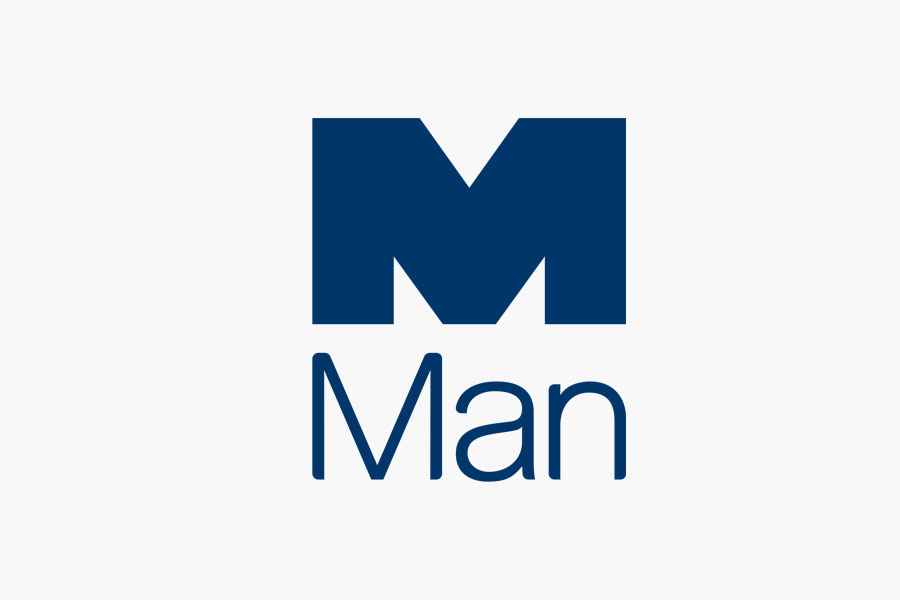Late July saw the Financial Conduct Authority unveil the finalised version of its new Consumer Duty regulations, setting in motion what the regulator has termed a “paradigm shift” in its expectations of the UK’s retail financial institutions. Highly laudable though its aims certainly are, the timeframes for implementation are short and the challenges around proving compliance numerous, with firms having to have plans in place by the end of October.
I say ‘proving’ with purpose. Any reputable firm will have surveyed the guiding principles underpinning the new regime and see little that will not already be in their corporate DNA. Clear communications and meaningful customer support, fair charging, and a client-centric approach to providing financial services and products with a focus on good outcomes are nothing new to this country’s already tightly regulated – and highly respected – financial services sector. Developing capabilities to meet the regulator’s expectations for evidencing all of this may well be, however.
The FCA estimates that the implementation costs for the sector will be as high as £2.4 billion and wealth managers can be expected to bear much of the brunt of the pain due to the wide-ranging and often very long-term relationships they have with their clients. Dizzying changes to wealth demographics and investor preferences, along with an economic outlook which is uncertain to say the least, further complicate the picture.
Segments of one
Never has the old saying that each client is “a segment of one” been truer. How then to prove the consistency of outcomes among increasingly diverse client bases? With ESG considerations arguably rubbing against fiduciary duty in the time-honoured sense, even the seemingly simple matter of proving that an investment was appropriate in the first place is becoming vexed.
The wealth management industry has long had to wrestle with a paradox: while deeply personalised service lies at the heart of its value proposition, cost considerations – on both sides – must limit customisation to where it really counts. Mass customisation of portfolios facilitated by technology has long been acknowledged as the only workable path. But now, these customisations need to be factored in when considering the analysis of the consistency of outcomes and foreseeable risks under consumer duty. Whether it is a restriction on what can be bought, a restriction on what can be sold, or a desire to hold a proportion in cash, these are some of the myriads of reasons that a portfolio will perform outside its peer group. In understanding outcomes, these points must be considered.
Foreseeable harm in theory precedes outcomes, and this requires testing to evidence that a client’s portfolio is suitable. Not just in a high-level asset class check, but in terms of the assets bought and their contributions to overall risks taken. These risks naturally include market risk whether volatility or CVaR, but should go further into looking at illiquid, un-researched, high risk and concentrated positions. The first challenge is knowing that these exist in a portfolio, only when they are known can they be addressed, mitigated, or agreed with the client as acceptable.
The challenge is daunting: according to EY*, 87% of firms see a need to implement key technological change to meet it. The good news, however, is that offering the kinds of monitoring and evidencing capabilities firms need will really be nothing new to leading technology vendors. For our part, we feel there has been a great deal of prescience in how we have developed BITA Risk’s solutions over the years: Consumer Duty represents just a sort of cross-cutting complexity our products were designed to solve.
Beyond box-ticking
Canvassing the large and growing range of institutions which already rely on our products reveals a heartening degree of confidence in how they will cope with the new rules. Others who have perhaps held back on their investments are now feeling the April 2023 deadline bearing down. The industry is however showing itself eager to wring the maximum business benefits from this compliance challenge, as it should: rather than merely “ticking the box”, EY* has found that 60% of firms want to take a holistic, business-wide approach to the Consumer Duty rules.
What this already looks like at our client firms is very positive, with foreseeable harm monitoring, performance and yield outcome monitoring already deployed in many cases. This monitoring – with the attendant MI (management information) on trends and systemic issue identification – is backed up by a systematic approach to collecting reasons why a portfolio may be out of line, enabling management of the exceptions apart from consistency checks on the core.
Firms with our profiling solution are carrying out risk-profiling and suitability assessments at the level of individual financial goals, monitoring against clients’ capital and income requirements, and keeping a close watch on ongoing costs and charges at both the portfolio and asset level. As a result, many can already point to immaculate management information on any Consumer Duty metric the regulator might choose.
But, of course, for the best providers, all this is about so much more than fending off potential compliance concerns. They will want to be able to deeply interrogate their information to be absolutely sure that their clients are achieving optimal outcomes – and to be able to further improve their investment and advisory strategies wherever they can. From our experience, the message that duties can be readily transformed into differentiation opportunities is very much one firms want to hear.
We all know that upholding Consumer Duty will already be business as usual for any wealth manager worthy of the name; that the whole industry is now being asked to fully operationalise and evidence adherence to these principles should therefore be a welcome change – and particularly so for those organisations able to compete more vigorously on this basis. It certainly is for us.
As leaders in portfolio monitoring and governance, BITA Risk analyses circa £180 billion of wealth management assets every night for a range of Wealth management firms. At our core is the quick, efficient analysis and aggregation of data, with seamless and efficient workflows for governance and client managers alike. We have extended our solutions to deliver what firms need now for ESG, TCFD, and Consumer Duty together with the significant added benefit for the firm of identifying problems before they arise, reducing both compliance risk and the chance of poor client outcomes, meaning both parties can benefit from a forward-thinking approach.
In the next few weeks, we shall be sharing thoughts on the monitoring of CIPs as well as Risks and Suitability. Sign-up here to receive these updates directly.
*Footnote:













